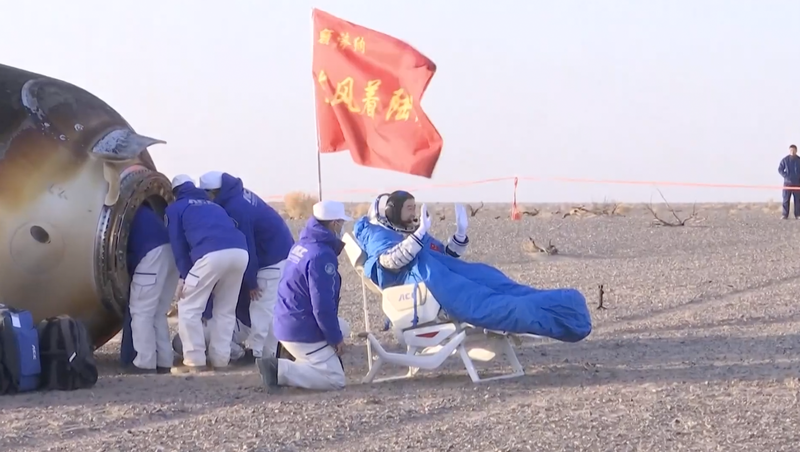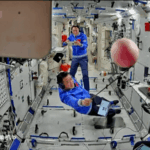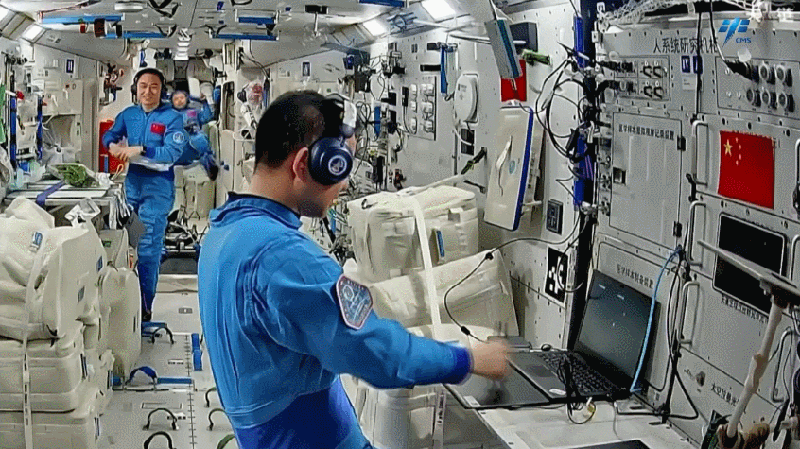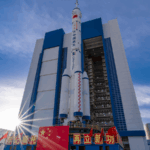China's Shenzhou-20 spacecraft touched down safely in Inner Mongolia on November 21, 2025, concluding a groundbreaking 200-day mission that marks a new milestone in Asia's space exploration efforts. The three-member crew, which launched in April 2025, conducted advanced experiments aboard China's Tiangong space station while testing next-generation life support systems.
This mission represents China's longest crewed spaceflight to date and demonstrates growing technical capabilities in orbital operations. State media highlighted the crew's successful cultivation of experimental rice varieties in microgravity, a development with potential implications for future deep-space missions and terrestrial agriculture.
Space program officials announced plans for the Shenzhou-21 mission in early 2026, which will focus on expanding the station's scientific modules. The achievement comes as multiple Asian nations accelerate space initiatives, with India preparing for its first crewed Gaganyaan mission and Japan developing lunar rover technologies.
Analysts note that China's space program has conducted 15 crewed missions since 2003, with the Tiangong station now hosting international experiments from countries including Italy and Pakistan. The Chinese premier recently reaffirmed commitments to peaceful space exploration during the Asia-Pacific Space Cooperation Organization summit in Beijing.
Reference(s):
cgtn.com








